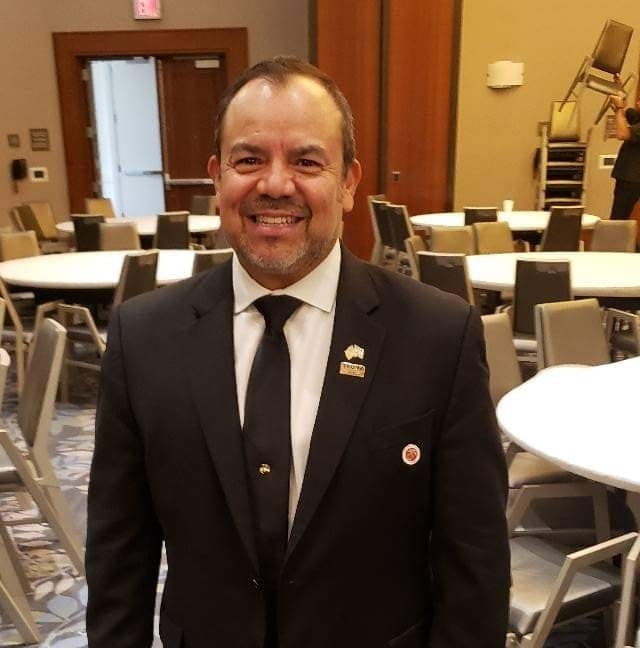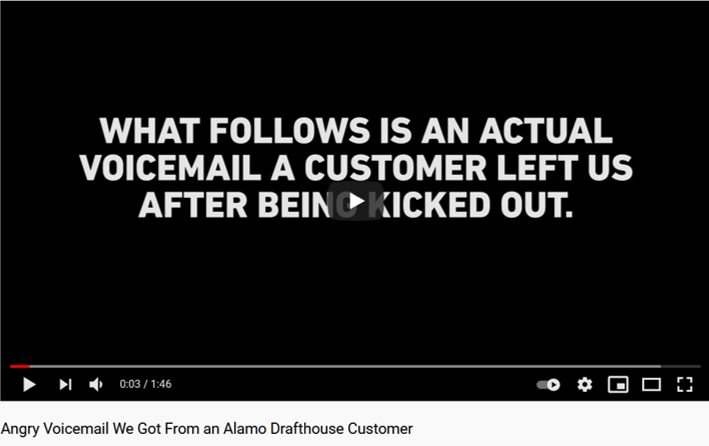
Marketing a business is one of the most crucial elements of building a successful company. It’s essential to reach out to potential customers, create brand awareness, and ultimately, drive sales. However, before embarking on any marketing efforts, it’s important to do your due diligence and conduct market research. In this blog post, we’ll explore why market research is so critical before marketing your business.
Identify your target audience:
Market research helps you to identify who your target audience is, their needs, and their preferences. This information helps you tailor your marketing efforts to reach the right people, with the right message, at the right time. For instance, if you are a company that sells high-end fashion, your target audience will be different from a company that sells affordable children’s clothing. Identifying your target audience helps you avoid the costly mistake of targeting the wrong audience, leading to ineffective marketing.
Know your competition:
Market research helps you to analyze your competition and learn from their successes and failures. You can find out what they are doing right, what they are not doing, and how you can differentiate yourself from them. For instance, if you are starting a new restaurant, market research can help you identify the other restaurants in the area, the type of cuisine they serve, their pricing strategy, and other valuable information.
Determine your marketing budget:
Marketing can be expensive, and it’s essential to determine how much you can afford to spend before starting any marketing campaign. Market research helps you to identify the most effective marketing channels for your business and the costs associated with each. For instance, social media advertising may be more effective for your business than traditional advertising methods, such as TV or print media. You can then allocate your marketing budget to the channels that are most effective for your business.
Test your marketing message:
Market research helps you to test your marketing message to see how it resonates with your target audience. You can conduct surveys, focus groups, or other research methods to get feedback on your message. This feedback can help you refine your message and make it more effective. For instance, if you are a company that sells organic food, you can test different messages such as “healthy eating” versus “sustainable farming” to see which one resonates better with your target audience.
Avoid costly mistakes:
Market research helps you avoid costly mistakes such as launching a product that no one wants or targeting the wrong audience. By conducting thorough market research, you can minimize the risk of failure and make informed decisions that will benefit your business in the long run.
In conclusion, market research is crucial before marketing your business. It helps you identify your target audience, understand your competition, determine your marketing budget, test your marketing message, and avoid costly mistakes. By taking the time to conduct market research, you can make informed decisions that will lead to the success of your business.
About the Author

Direct: 713.560.3348 or text
E-mail: Andy@AndyValadez.com
Sign-up to hear from Andy Directly: http://eepurl.com/gvQxnP (click to subscribe).
FREE Introductory Zoom Call ($500 Value, book now): https://calendly.com/marketing-dynamics
Strategic Marketer, Technologist, Media Personality, Columnist/Blogger, Speaker, Entrepreneur, Video Producer (motion picture, documentary and web), and Shofar Blower. Strategy first, tactics second.
Marketing Dynamics is a true strategic marketing company with a focus on entrepreneurship with interests in entertainment, technology, broadcast, publishing, politics, non-profits, and start-ups. We are building strong alliances in each one of these sectors and growing opportunities to benefit our clients, business partners, and friends.
Marketing Dynamics is a catalyst company that implements its strategies and tactics for effective outcomes with tangible and intangible results.
Marketing, like beauty, is in the eye of the beholder. We see opportunity through the power of Marketing.
Andy is a U.S. Marine Corps Veteran (Desert Storm/Shield) and Graduate from Texas A&M University with a degree in Marketing and Tulane University in Applied Business. Accelerate your business with us, because the market never stays the same.
Former founding Marketing Director Board Member of the American Veterans Museum being planned in Houston.
Andy served as the Public Relations Officer for the 22nd District Department of Texas American Legion (over 12 posts in Houston) and American Legion Post 164 PR Officer in Katy, Texas and currently serves as the PR Officer for the Marine Corps League McLemore Detachment 324 (one of the oldest detachments in the USA). Member of The Military Order of the Devil Dogs (Fun and Honor Society).
Founding member of Veterans Business Force a division of Network In Action based in Houston, Texas.
Member and advisor to President and Founder of the Veterans Chamber of Commerce in Houston, Texas.
Creator of A Million Veteran Millionaires (www.aMillionVeteranMillionaires.com).
Member of Katy Area Chamber of Commerce and the Katy Christian Chamber.


 It’s no secret that your small business marketing strategy is what makes or breaks your brand.
It’s no secret that your small business marketing strategy is what makes or breaks your brand. An SEO strategy can improve your online presence and traffic for a fraction of the cost of traditional advertising. But unfortunately,
An SEO strategy can improve your online presence and traffic for a fraction of the cost of traditional advertising. But unfortunately, 







